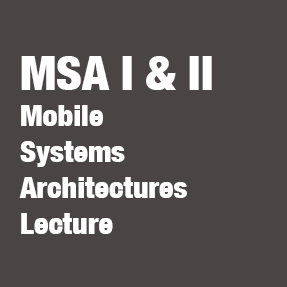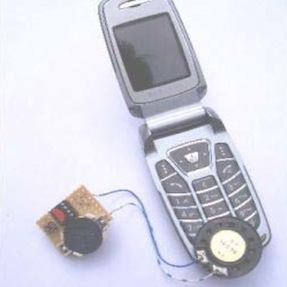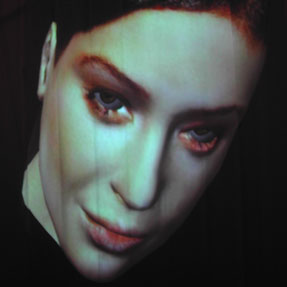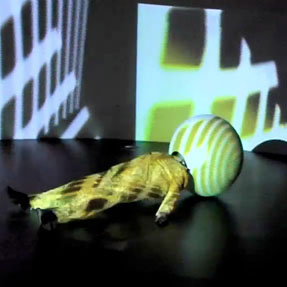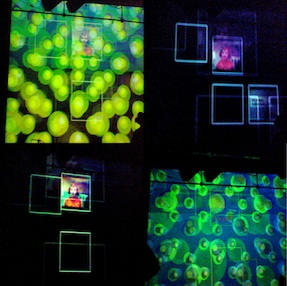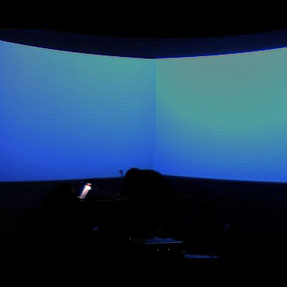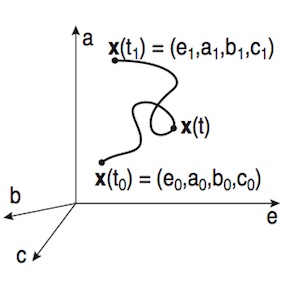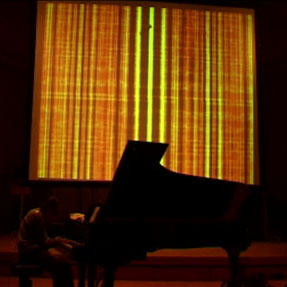The lecture “Mobile Systems Architectures 1 & 2”, taught at the Computer Systems Institute of ETH Zurich in 2006 and 2007, was realised in collaboration with Swisscom, and took an integral approach to mobile computing from a “systems view”. The course was targeted at master programme students with an interest in mobile applications and systems design. Its goal was to provide in-depth knowledge of all architectural aspects of today’s mobile systems and to prepare the students for taking a leading role in designing and implementing tomorrow’s mobile systems and application models. The course will directly benefited from the Institute’s internationally acknowledged research competence in systems construction. Swisscom contributed its competence and technicall skills as leading mobile network operator. Continue reading
